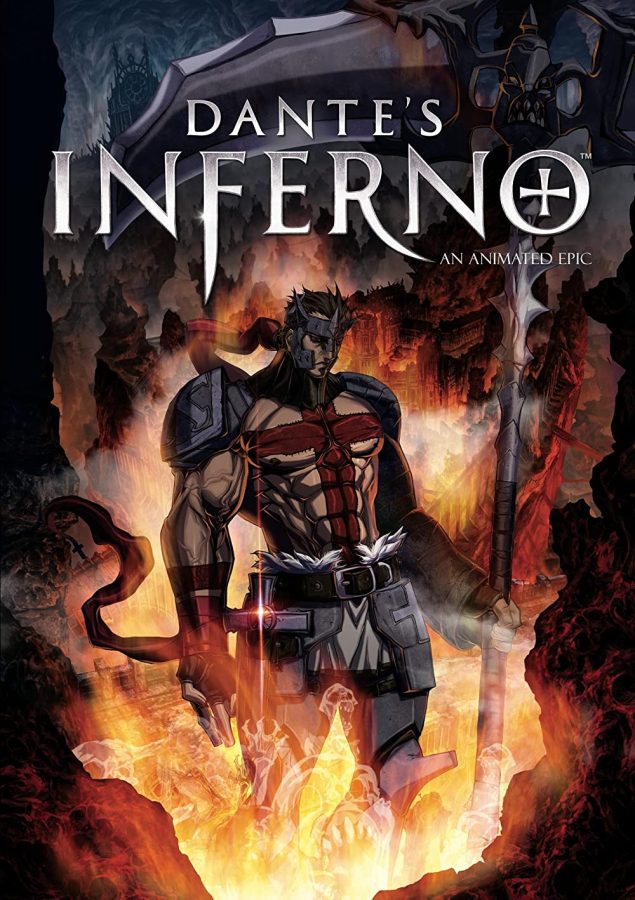Review of “Dante’s Inferno”
September 20, 2022
When you think of a classic summer read, you’re probably thinking something easy and fun, like the Percy Jackson books. Because I’m insane, I thought of “Dante’s Inferno” by Dante Alighieri. Even my dad told me not to read it, because “it’s something you analyze three lines of in college, not read in its entirety.” Consider this my teenage rebellion.
For those not in the know, “Dante’s Inferno” is the first part of a long poem Dante Alighieri wrote called the Divine Comedy, in a style that can only be described as Biblical self-insert fanfiction. In a journey to become a better person he wanders through Hell with the Roman poet Virgil, who was absolutely not Dante’s celebrity crush, stopping to point out not only the environment but all his enemies suffering. He namedrops quite a few prominent figures from his time, and some that are so obscure the Inferno is the only record we have of their existence. His version of Hell is also the one that persists throughout popular media and the one that earned him a spot in the literary hall of fame.
The Inferno has a lot going on, so I’m only going to include a basic outline. I’d recommend John Ciardi’s translation if you want to read it yourself, but I’ll warn you: It’s dense. There are nine circles of Hell. The outer circles are reserved for non-Christians, the lustful, gluttons, hoarders and wasters, the wrathful and sullen, heretics, and the violent. They’re characterized by sinners who are boastful and wish to be known even in death. Though they are punished, they feel minimal guilt for their actual crimes. The inner circles house flatterers, scam artists, hypocrites, thieves, liars, and various other bringers of chaos. The sinners here lash out when asked for their names or identifying features, seemingly far more ashamed than the outer circle sinners. The farther Dante ventures, the more severe and symbolic the punishments become, until we reach the center where Satan sits, frozen by his own wrongdoing.
And as for Dante and Virgil’s travels, it’s a lot of Dante being horrified, Virgil being slightly exasperated, and talking to dead people.
Some of my favorite moments include Dante fainting three times within the first few Cantos, Dante being accepted into a friend group with all his favorite dead poets, and Virgil helping Dante mount Geryon, the scary monster they need to ride into the inner circles.
Some notable dead people include Achilles, Pope Anastasius II, the Minotaur, Chiron, Alexander the Great, Atilla the Hun, Odysseus, and a ton of Greek gods and monsters. If it seems like there’s a disproportionate amount of mythical Greek guys in there, that’s because there are. Dante still holds a grudge from the Trojan war.
You might think this all sounds highly unprofessional, and you would be right. Dante was popular because he was a people’s poet. He couldn’t care less for the exclusive intricacy of many poems and instead made something engaging and entertaining. He wasn’t afraid to dunk on a few political figures and use expletives to get his point across. Even the classics can have some fun.


